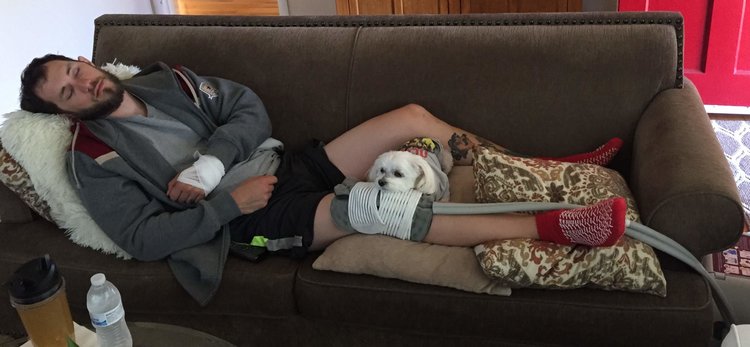
“Brain injuries are like fingerprints,” says Phil Subia, Traumatic Brain Injury (TBI) advocate. “No two are alike.”
Because the effects of a brain injury are complex and vary greatly from person to person, there are plenty of different devices and tools that help people living with a TBI.
For Phil, a motorcycle accident in 2016 left him with several injuries and a severe TBI. After multiple surgeries, procedures, and (physical, cognitive, occupational and speech) therapy Phil has become a well-known advocate in California.
In this blog, Phil shares the assistive technology (AT) that provided aid during his recovery journey and some he still uses on a daily basis.
Please note that each item is hyperlinked to free/low-cost AT resources or more information.
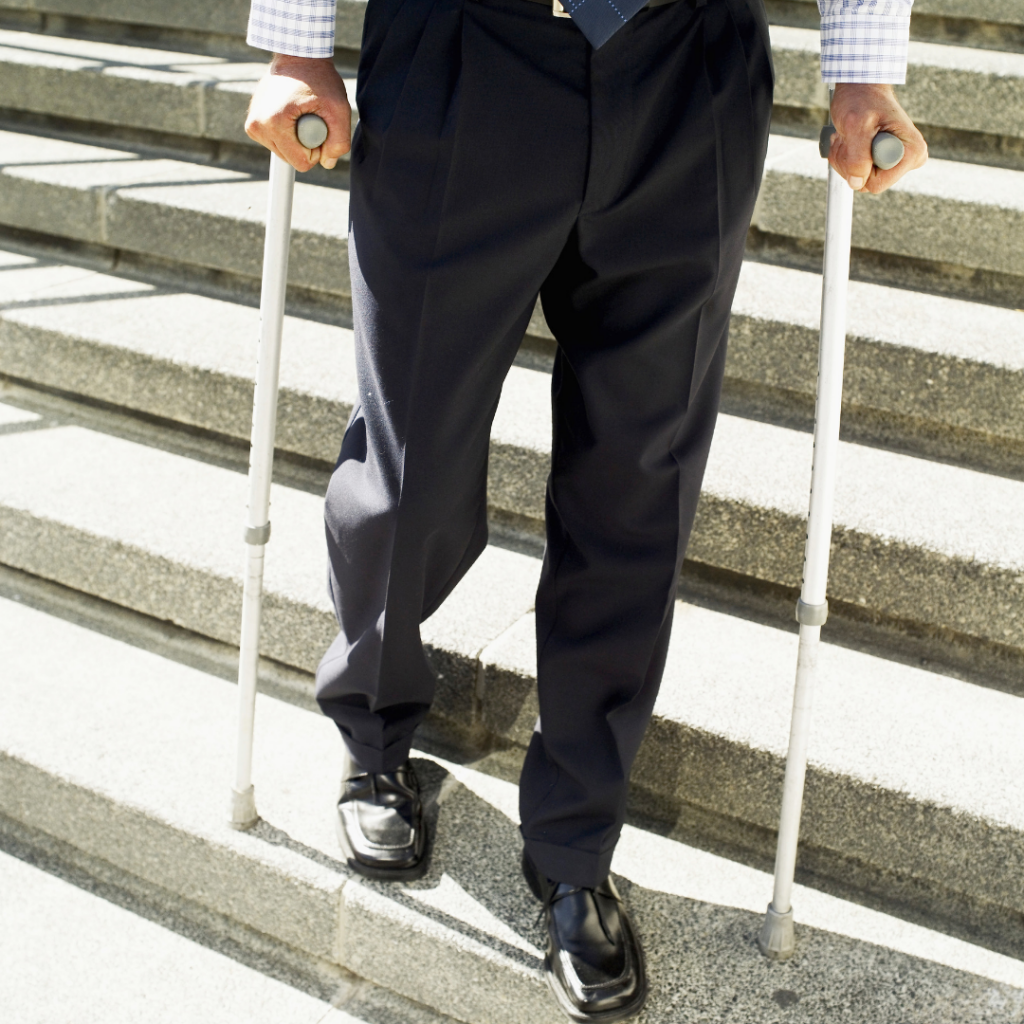
Mobility Devices
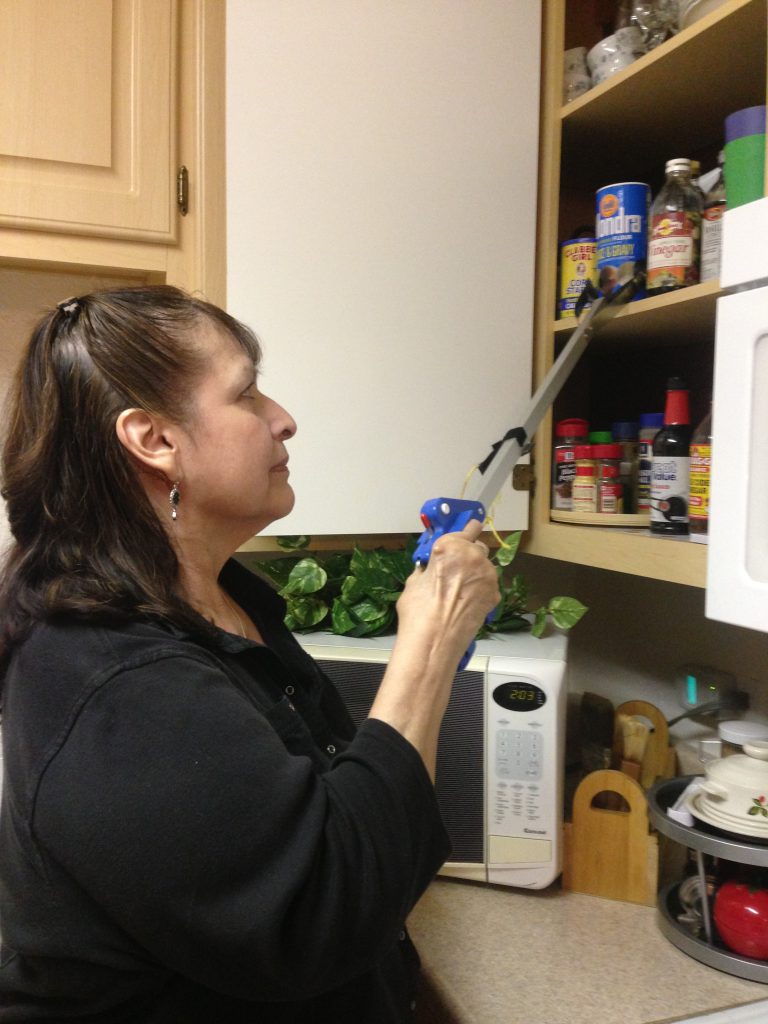
Daily Living Aids
- Shower Chair
- Ramp
- Grabber/Reacher to help with cooking and carrying/moving items around the kitchen
- Long Stick tool to help with getting dressed
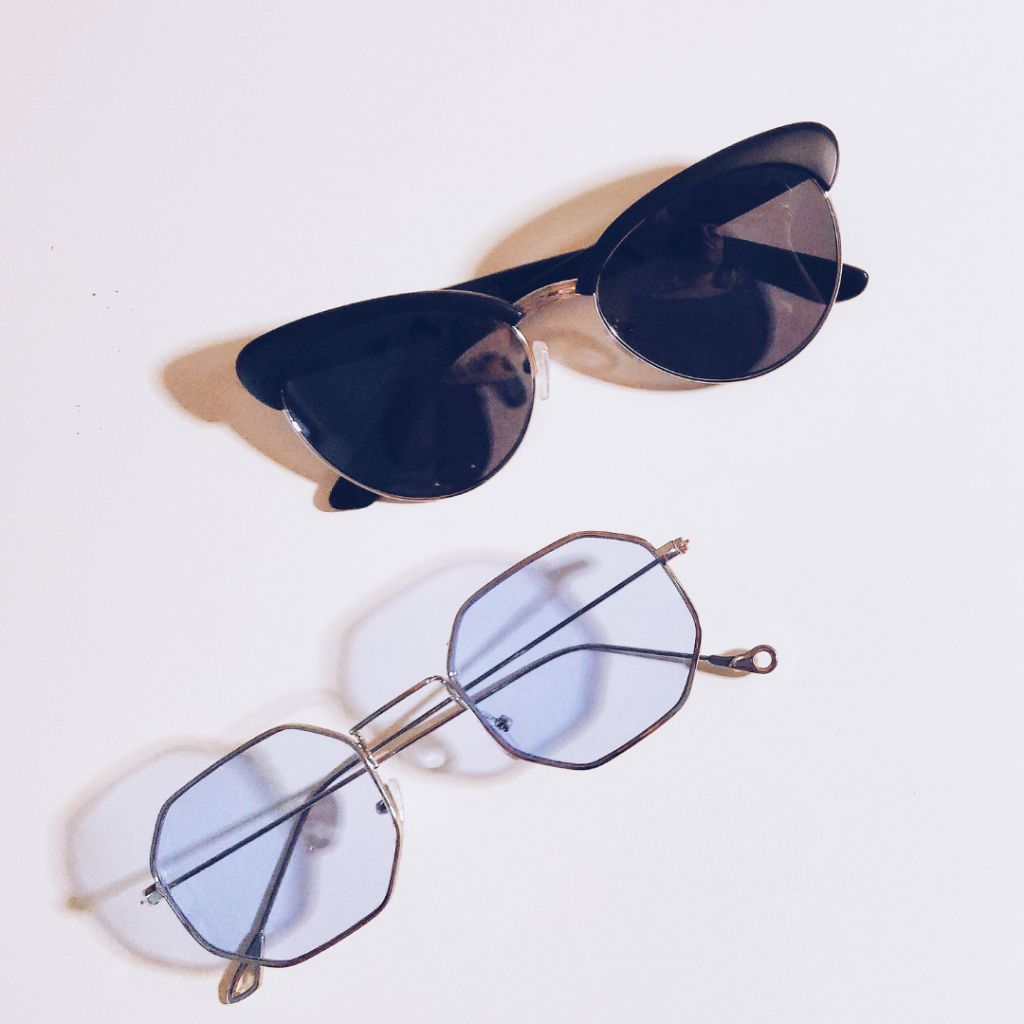
Eyewear
- Eyeglasses
- Sunglasses – for sensitivity to light
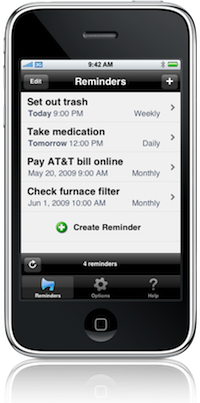
Memory Assistance
- Audio Players and Recorders
- Software Application (app) for medication monitoring and reminders
- Software Application (app) for scheduling and keeping track of appointments
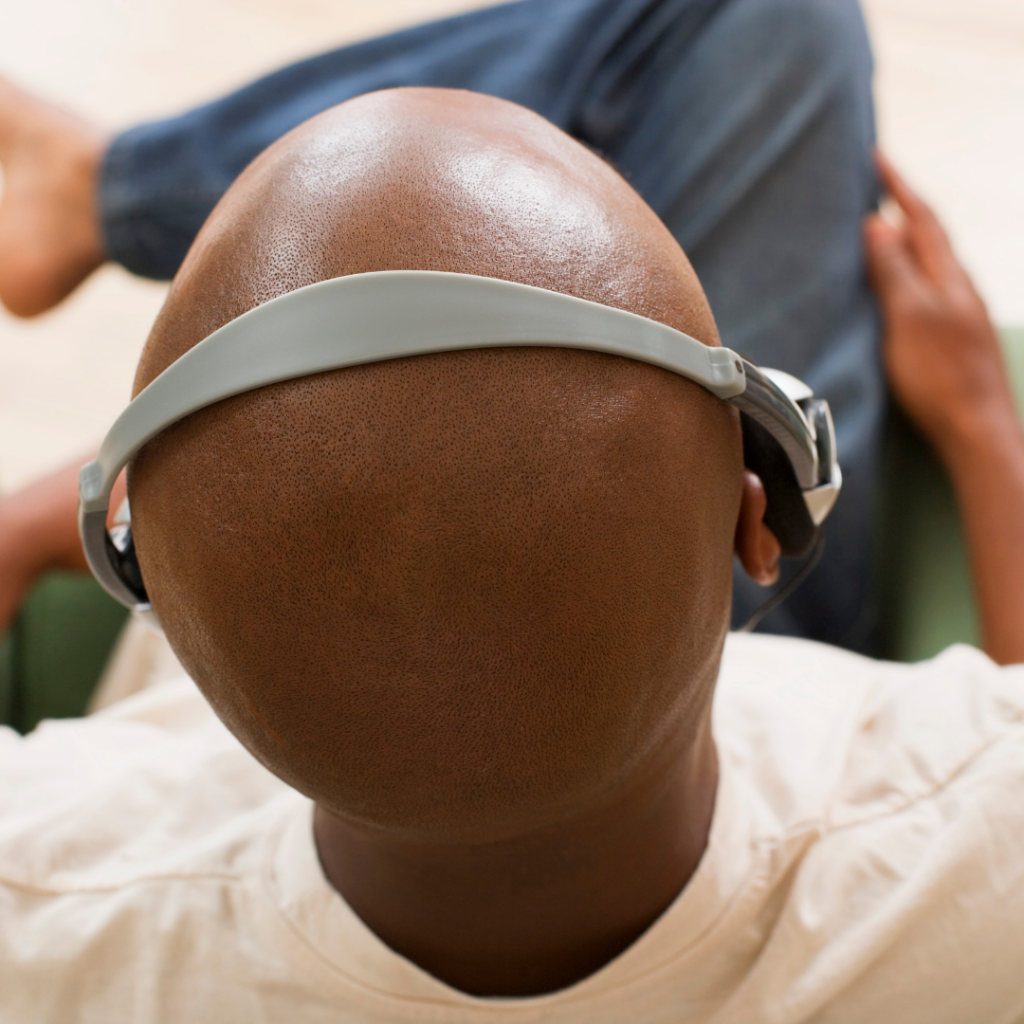
Sensory Reduction
Phil Subia is living with a Traumatic Brain Injury (TBI) and works to provide resources to the 252 thousand Californians living with TBIs. Learn more about Phil’s story here.


